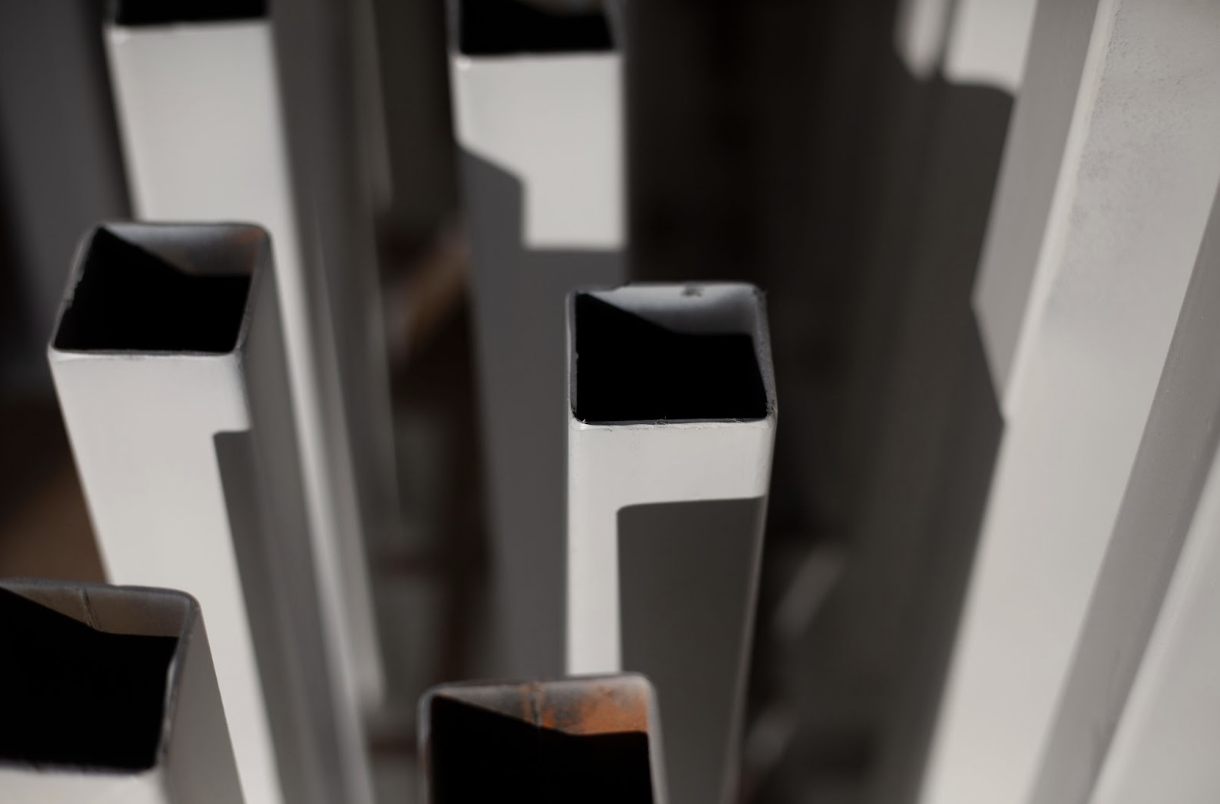Everything You Need to Know About Sheet Metal Services
What is Sheet Metal Fabrication?
Sheet Metal Fabrication is an invaluable part of any machinist's toolkit. It's responsible for crafting versatile and robust components, such as exterior panels, interior features, or the brackets and other fixtures that stabilize and support technologies in various fields, including the aerospace, defense, automotive, and energy sectors. Whenever and wherever you see a structure or machine, there's an overwhelming chance it was made through sheet metal fabrication.
How Do Sheet Metal Services Work?
Pieces of sheet metal are often shaped through precision metal stamping, otherwise known as pressing. Pressing machines, or presses, are a modern marvel but their modality is simple. A metal sheet is fed into the press, which uses a metal die to stamp it into shape by pressing it or through it, quickly stamping out many identical components with very little human input. This high-production, low-error-and-labor machining method is one of the most cost-friendly ways to produce metal parts.
Sheet metal is often flattened to a specified thickness, or gauge, potentially to tolerances of tens of thousandths of an inch, depending on its intended purpose. Vitally, sheet metal manufacture is somewhat of a cornucopia compared to other machining disciplines, which may comprise one or a few specialized forms of fabrication. Though the purposes are identical, this machining method encompasses many diverse techniques for shaping desired parts, including the overarching themes of bending, joining, and cutting.
And by utilizing our full range of sheet metal services, we can produce various part sizes and volumes in any desired material.
What Are Some Common Sheet Metal Services?
The individual metal sheets are empty canvases, which can be altered in numerous ways, including through some of the following techniques:
Flanging: flanging can create a protrusion, such as a lip or a rim on a part's exterior or interior surface. A flange can add strength, guide movement, stabilize structures, or add attachment points for other parts.
Embossing: a subset of pressing or stamping, embossing is an often-used operation that creates a relief or a depression on a piece of metal—think of embossed paper postcards with a fancy pattern.
Blanking: when a flat geometrical shape is needed, blanking removes a blank piece of metal (form a larger piece) in a specified shape that can go through further fabrication.
Punching: a flip side of blanking, punching process yields both the blank and the piece of metal from which the blank was removed.
Coining: this term was coined for its use in the manufacturing of coins, and it's somewhat similar to embossing. It makes precision parts with potentially tiny, polished surface features, such as badges, buttons, and, of course, coins.
Bending: the term is simple, but the machines that bend sheet metal deliver tremendous force in an ultra-precise fashion to achieve a wide variety of desired bends and shapes.
Cutting: as self-explanatory as coining or bending, though the ways to attain a cut are varied. Lasers, heated gasses (plasma), water jets, and physical cutters (lathes, drills, scissor-like shears) are all established cutting tools.
Joining: once formed, pieces are often joined together through different means, like welding, adhesives, or riveting.
Finishing: Finally, the products of sheet metal fabrication receive any required finishes. Deburring, coating with various substances, or smoothing through sandblasting are standard finishes. These diverse applications can increase thermal properties, corrosive resistance, electrical conductivity, and many other material characteristics.
Computer Numerical Control (CNC) Adds a Game-changing Advantage
Computer-assisted design and computer-assisted machining (CAD and CAM) allow us to guarantee the tightest tolerances and reproducibility. No matter the complexity of the desired part, our 3D tooling methods and expert engineers consistently maintain proper design clearance, yielding optimal part quality and unerring precision on each bend or punch.
For the utmost benefit, our stamping processes are entirely handled in-house, under the guidance of experienced engineers. So we're thrilled to offer multiple custom-stamping services, including:
Deep draw stamping: the dual forces of compression and tension shape parts into cylinders or irregular cylindrical shapes, like closed-bottom forms such as cups.
Transfer die stamping: this process refers to a component being moved, either automatically or manually, across different stations for progressive fabrication. In other words, a stamped product is transferred to different dies.
Fine-blanking: a more refined version of blanking. It utilizes additional steps and tools to produce parts of exceptional dimensional accuracy, like gears.
Fourslide stamping: simply put, this method utilizes four sliding stamps to craft intricate or small parts from metal wire or coils.
Stamp, Bend, and Punch Your Way To The Top Of Your Field By Partnering with Beltim!
Manufacturers often sacrifice quality for speed or vice versa. But you don't have to sacrifice anything when partnering with Beltim & Associates. Our custom tooling, value-added services, and client-first mentality assure you of uncompromising quality. With our in-house end-to-end production, from prototypes to high-volume runs, you're always in the loop. Our streamlined processes help you save money and time, so don't hesitate to contact us or get a free quote for your next sheet metal project today!



